What is an adaptive landscape, how is it different from other forms of landscape?
Is a regenerative landscape also different?
Simply put, they are landscapes, either natural, man-made or modified, that demonstrate an ability to adapt, survive and thrive under current and future conditions. Adaptive and regenerative are both expressions of this statement, with some important differences.
These landscapes may be a garden, urban greenspace, brownfield site, road verge or wider countryside. In practice, the difference lies in the degree of maintenance, ornament, scale and context.
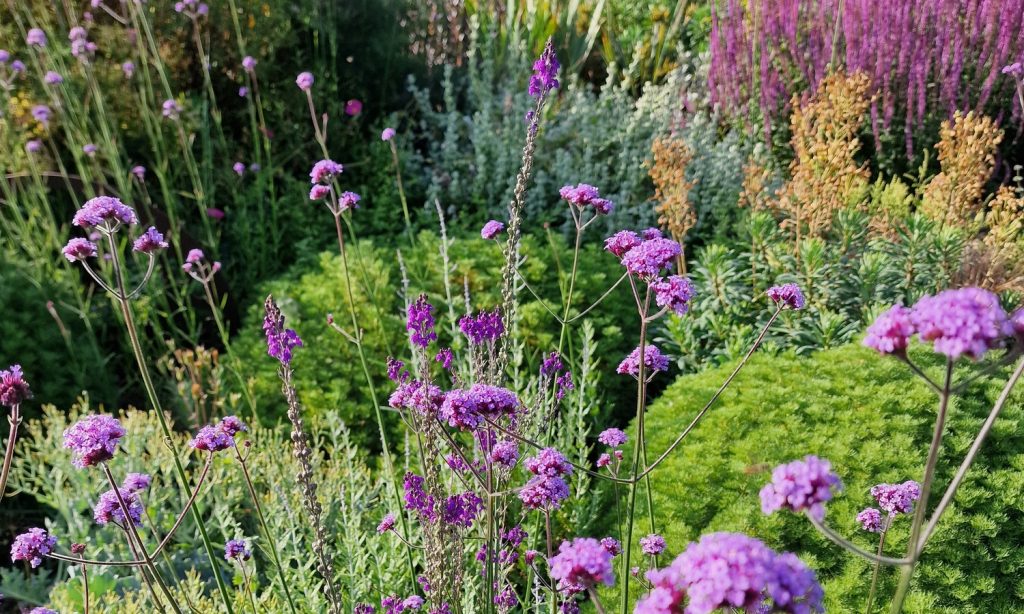
What we can’t do is accept a degradation of our soils as being a natural consequence of all climate change.
An adaptive landscape may be comprised of a wide range of plants, including hybrids and cultivars which do not self-generate (seed). In arid climates, some supplemental irrigation may be required or desirable to keep plants at a certain level of health and aesthetics. These landscapes are most suited and appropriate for urban spaces, streets, parks and private gardens. They require maintenance input and as they do not fully self-generate, some plant replacement over time will be required to ensure their continuation.
Adaptive landscapes will use plants that suit current and future conditions, will enhance urban biodiversity but will also be strongly human-centred. The evolution, if you like of our conventional landscapes. They are vibrant, provide pleasure and a degree of ecosystem services, especially if combined with urban water management strategies.
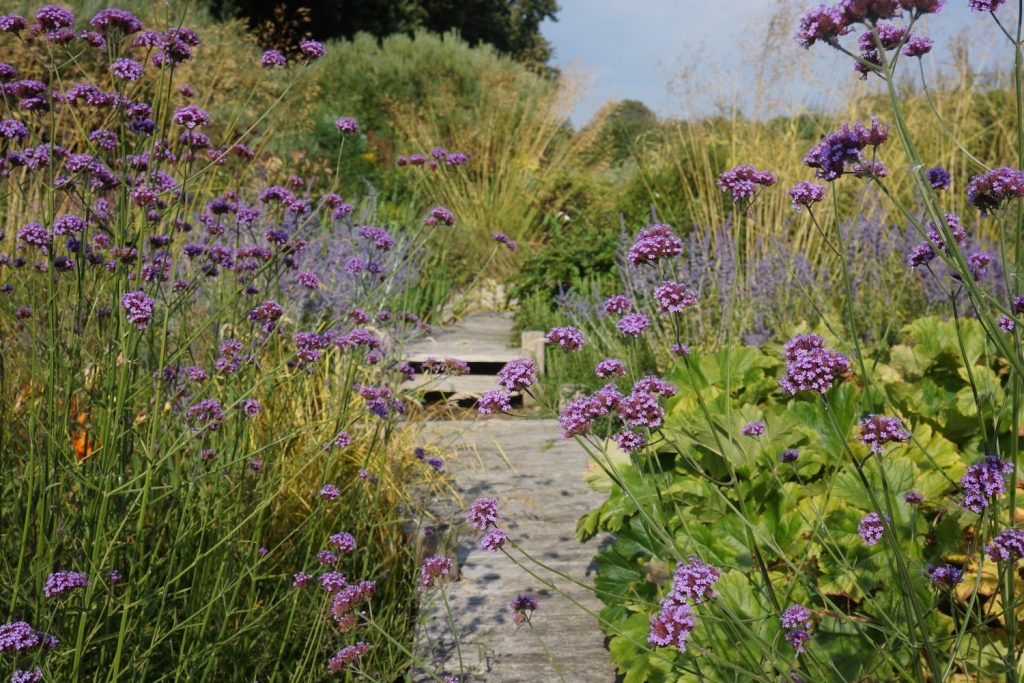
A regenerative landscape is composed of species that will propagate themselves and thrive without any assistance. It may in fact be a hybrid or novel ecosystem. A hybrid system will combine native and non-native plants that form an ecosystem; it is at a stage where it could revert, or be brought back to its previous, accepted ‘native’ state. A novel ecosystem is one that has gone past the point of no return – things have changed too much physically (degradation, brownfield) or climatically, for things to revert. Such systems are going to cope better with changing climatic conditions and form the basis of a new native ecosystem. It should be understood that ‘native’ represents only a snapshot in time and the reality is in constant flux, with or without human interference – only the timescale is different.
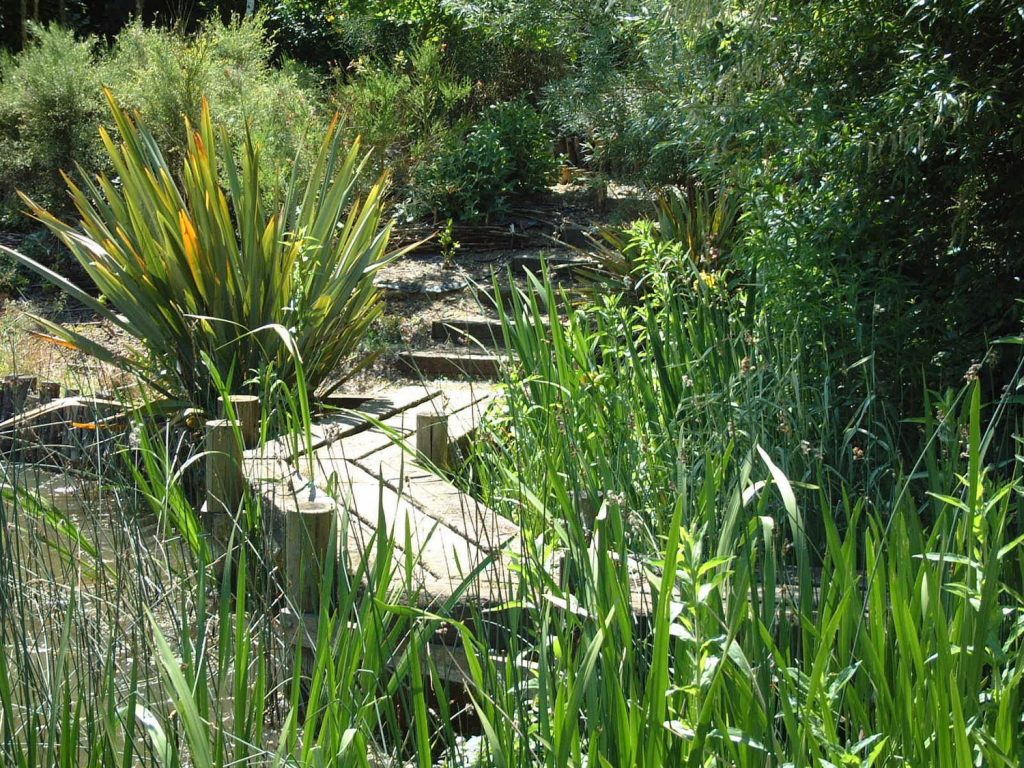
On a countrywide scale regenerative landscapes could, once established over a wide enough area, enhance the hydrological cycle and produce rain, absorb and allow infiltration, so preventing floods. Flood and drought are two sides of the same coin, one causes the other. Healthy, open soils with a full range of soil microbes allow water infiltration and storage and build carbon stores. Most carbon in soils is stored in micorrhizae. Fungal dominated soils provide nitrogen as ammonium ions and are favoured by most perennials shrubs and trees. Grasslands prefer bacteria-dominated soils, which deliver nitrogen as nitrate ions.
| Adaptive | Regenerative |
|---|---|
| Plant selection can cope with emerging climate conditions, matching plants to new conditions | Plant selection can cope with emerging climate conditions but the overall system will seek to improve soil health and develop ecosystems |
| Plant selection and active management build soil health, soil food web, drainage, carbon and water retention | Plant selection and management build soil health, focussing on soil food web, drainage, carbon, cyclical systems and water retention |
| Plant selection includes hybrids and varieties that do not self-reproduce but which are of ornamental interest and good for biodiversity | Plants are all chosen as species or varieties that come true from seed and that self-seed where conditions are conducive. Plants that reproduce by other means, such as stolons, are included |
| Plant community will not (entirely) survive without human management and will require at the minimum, occasional plant replacement | Plant community will survive without human management and will form the basis of a self-reproducing hybrid or novel ecosystem |
| Main focus of management is of resilience, biodiversity and ornament | Planting can be managed for ornament and biodiversity, and to produce biomass for mulch, biochar, logs, timber or food |
I have a concern that we are expecting to import plant palettes from hotter climes (especially the Mediterranean regions) and use that here to cope with heat and drought. What we have to remember though, is that such landscapes have evolved on highly degraded soils, generally caused by deforestation in historical eras. This philosophy sits with adaptive landscapes, but not with regenerative ones. What we can’t do is accept a degradation of our soils as being a natural consequence of all climate change. Regenerative design counters this. In some places, this adaptive approach is appropriate, but I have recently seen a crushed stone-mulch garden created in an area of natural high fertility, which suggests a degradation of soil to suit the planting. This, I believe, is the wrong approach.
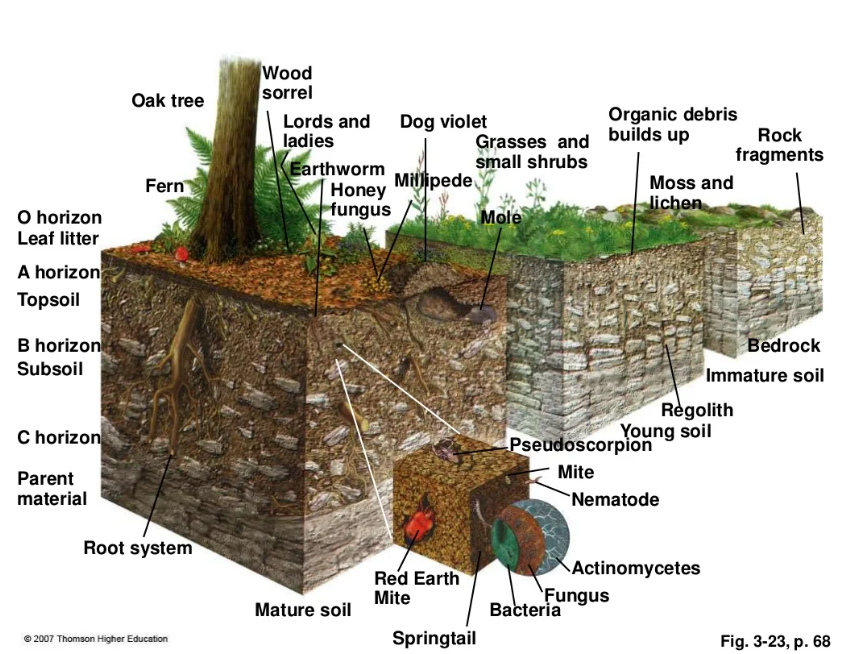
Many regenerative landscapes could be managed as coppice and the arisings chipped for mulch and processed into biochar, to be returned to the land. Farmers and land managers could even get carbon credits for this; biochar is a fantastic soil builder and carbon sink. This can also be carried out on a garden scale in an adaptive or regenerative system. This is an important part of regeneration as it reduces or eliminates the need for external inputs into the system. For a garden it means less or no importing of fertility and mulch.
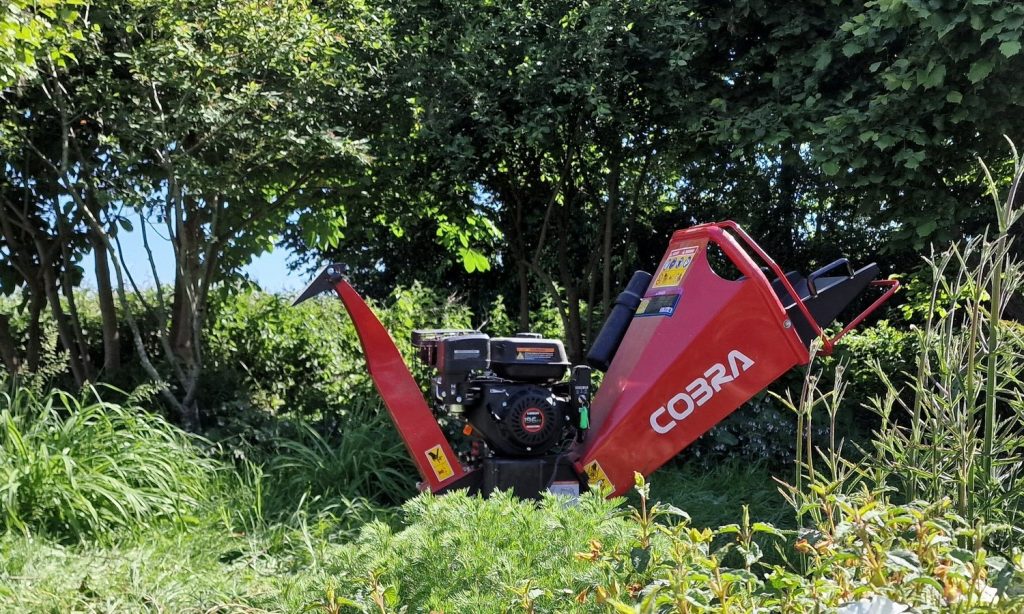
For both adaptive and regenerative design, we see a shift in focus into an understanding and application of cyclical systems design, focussed around soil health, water management and plant selection. Our global focus on carbon sequestration is only a small part of the picture and we need to understand the crucial role water hydrological cycles play in this, especially the small hydrological cycle, which reduces or disappears as land becomes deforested. Managing soil is key to managing water, which puts power in all our hands.
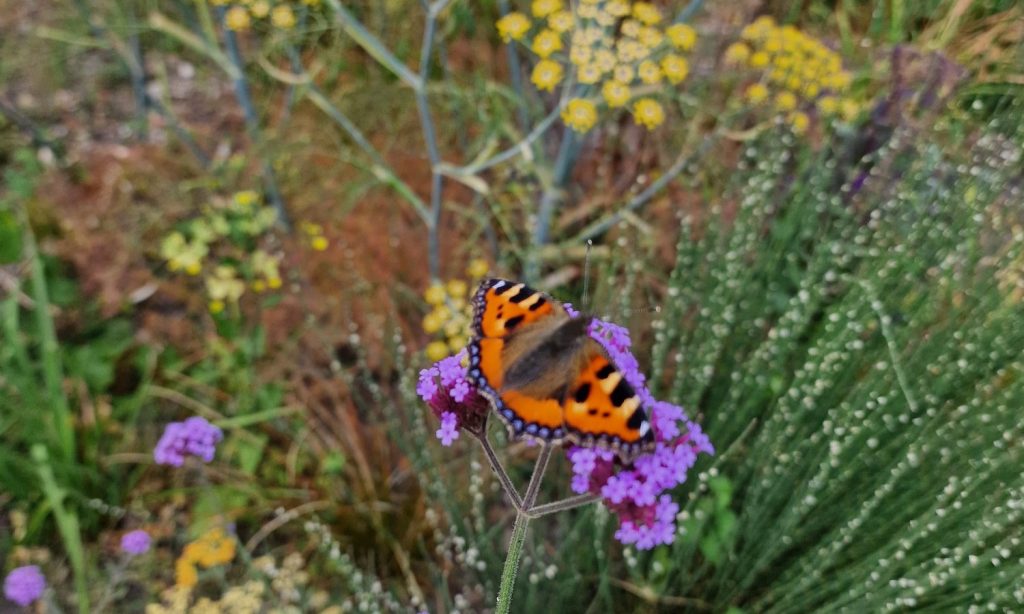
Landscapes also have to become less dominated by hardscape – paving, walls, raised beds and impermeable surfaces. For some years I have been using and 80/20 rule, meaning 80% softscape, 20% hardscape. This represents a good balance, whereas current practice is probably the other way around. It is gratifying to see uptake of this rule amongst others designing for sustainability and environment. More soils open to rain mean more infiltration, better groundwater recharge and better hydrological cycles. In a small garden setting this can be a challenging rule to implement and client expectation has to be managed – as does designer ego, which always like the grand and impressive.
This then, is my definition of what adaptive/regenerative landscapes are. We have some way to go, and the industry will resist (less paving sold is hard for a merchant to promote), some designers and many clients will resist, until it becomes clear that their own wellbeing depends upon working in this way. Interestingly, I see municipal landscapes being easier to convert, although maintenance for active nutrient cycling may be resisted. Ultimately, we need a healthy ecosystem that can be useful and which can also maintain itself. From this our next native ecologies may be born, and we may keep a functioning ecosystem in the face of climate change. As a designer, I find these challenges exciting; creating vibrancy in a landscape or garden in this way is a real buzz!
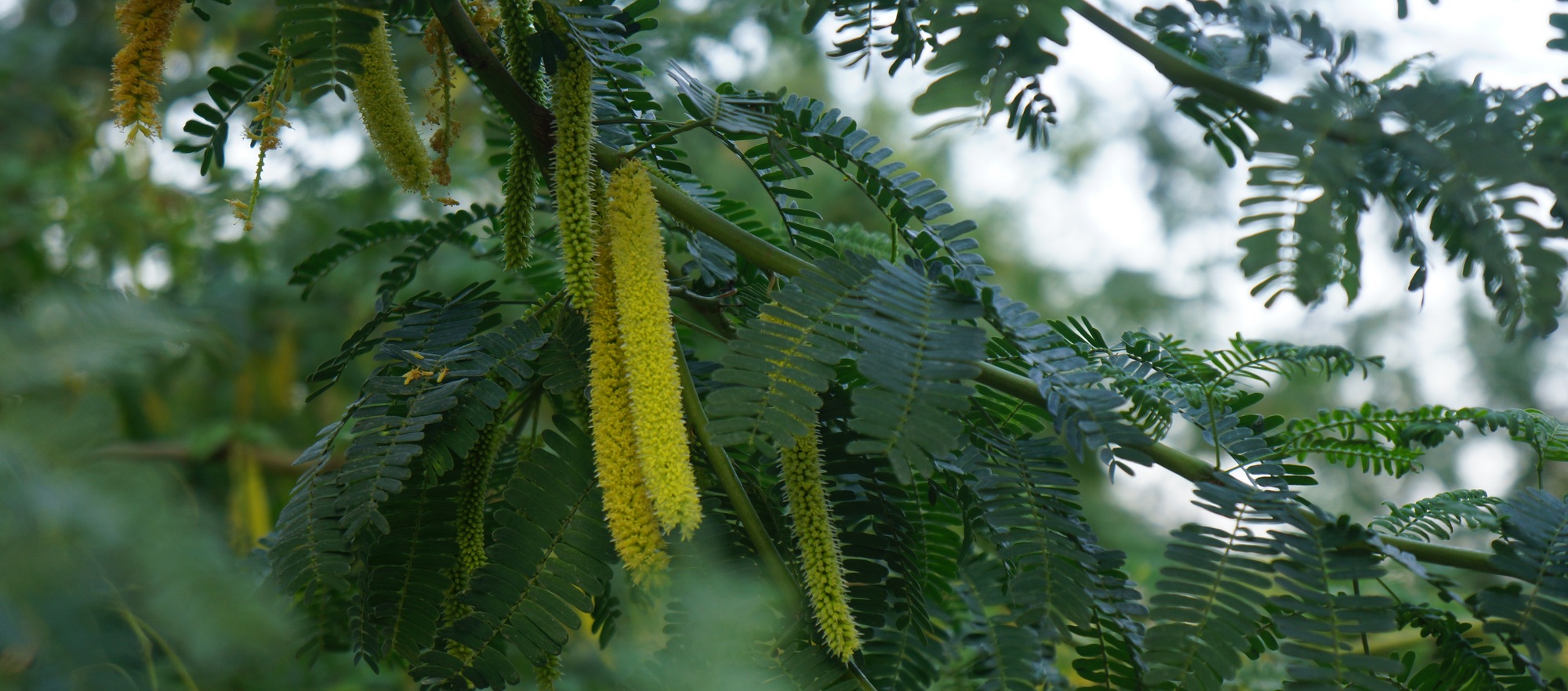
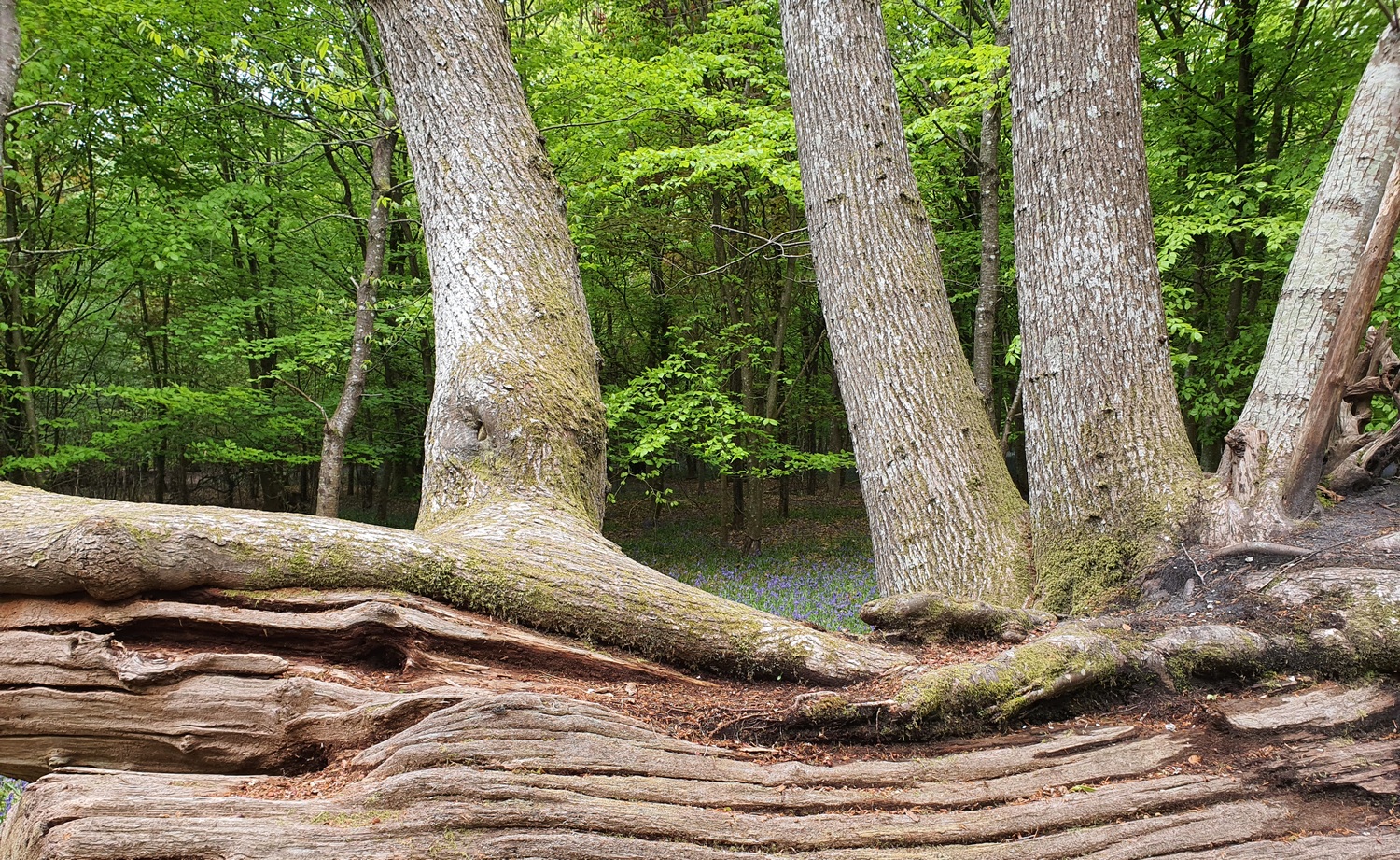
Great piece – gardens need to look natural and blend with their surroundings.
Too many of us try and bend the laws of nature and she then gives us the two fingered salute and does her own thing.
Using the natural landscape and ecology to work for us instead of against us helps.
Have many times had issues in gardens in the past and the natural ecology has dealt with the problems and it is sometimes worth letting nature do her thing and watch the greatness that is our natural world.